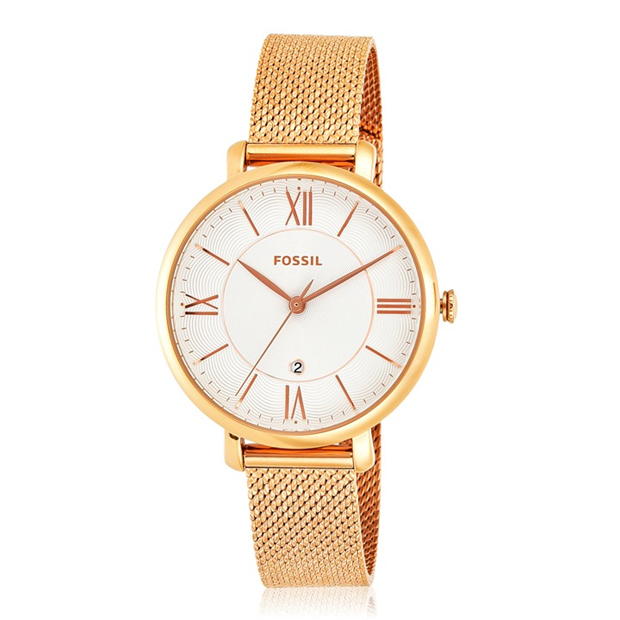World timers versus GMT watches
Jamie Weiss
Currently, holding monitor of the time as you cross the globe and enter completely totally different time zones has certainly not been easier. While you’ve acquired a cellphone or a smartwatch (or a GPS quartz watch), as rapidly as you arrive in a model new time zone, you’ll hook up with the native cellular neighborhood and your gadget will substitute to the correct native time instantly. Nevertheless timekeeping whereas travelling has not traditionally been this straightforward – making journey watches, or watches which will monitor time in plenty of areas or time zones, utterly vital tools for frequent travellers.
Usually speaking, as regards to mechanical watches, there are two foremost sorts of journey watches: world timers and GMT watches. Associated nevertheless not the equivalent, they’re incessantly confused with each other – however every perform in crucially completely totally different fashions. Proper right here’s a simplifier breaking down the variations between the two.
A quick historic previous


Twin time watches – that is, watches which will inform two items of time – have existed as a result of the Nineteenth century, with the Industrial Revolution, colonisation, and globalisation making it increasingly more important to have the power to conveniently monitor time in two completely totally different areas the world over. Early twin time watches achieved this by merely putting two actions or clockworks into one timepiece that would presumably be set to completely totally different situations – a means that continues to see sporadic use even at the moment. However, it’s not basically what you’d identify the neatest decision.
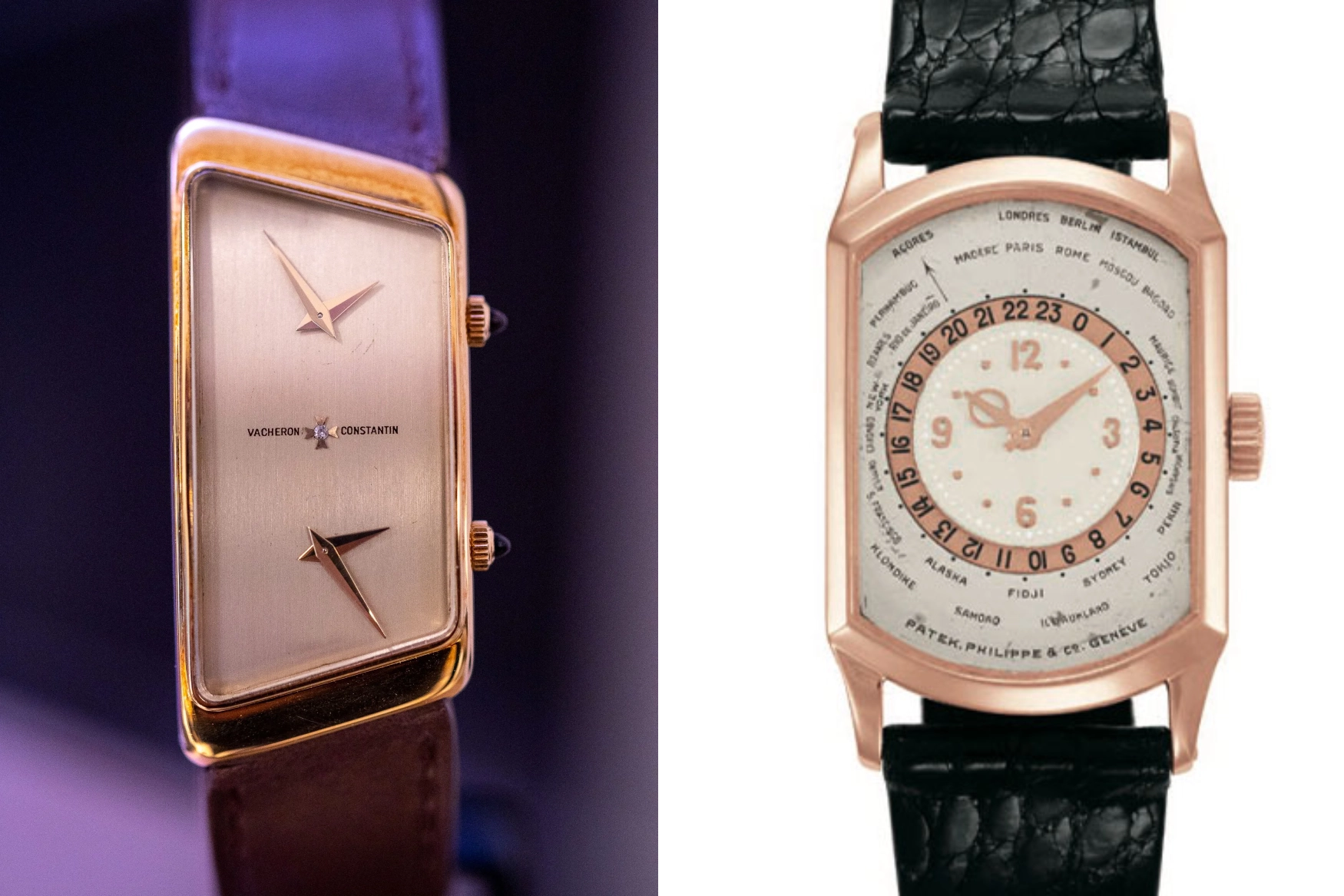
Once more inside the late 1800s, Swiss watchmaker Emmanuel Cottier tackled an issue posed by the Canadian Railway: monitoring time all through plenty of time zones all through cross-country journeys. Although Emmanuel’s preliminary attempt fell fast, his son Louis – moreover a prize-winning watchmaker – turned the thought into actuality in 1931 with the “heures universelles” complication. It featured a rotating 24-hour ring displaying various time zones, framed with completely totally different areas all through completely totally different time zones.
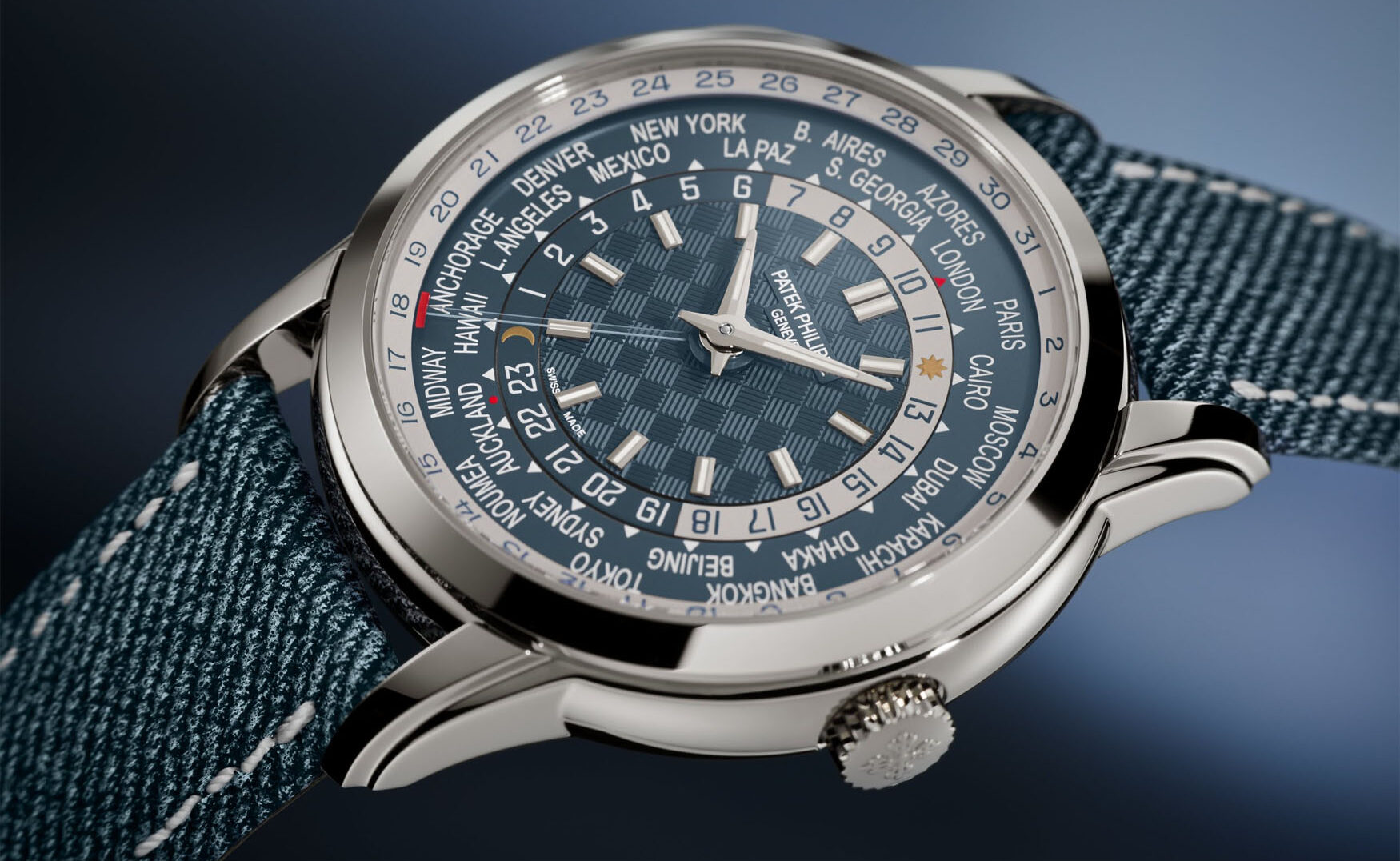

Patek Philippe went on to price Cottier to create the mannequin’s first world timer wristwatch, the reference 515, and thus the problem was solved. Totally different producers adopted swimsuit, producing their very personal world timers with Cottier’s enter. To right this moment, world timers keep significantly of a signature for Patek, and world timers are normally thought-about a prestigious complication.


Currently, however, the GMT watch is the popular kind of mechanical journey watch. We now have Rolex to thank for that, with every the tactic and the time interval gaining status on account of its GMT-Grasp. To be clear, Rolex didn’t invent the thought of using a second centrally mounted hour hand to hint one different time zone – Longines had the Zulu Time in 1925 and Glycine had the Airman in 1953 – but it surely absolutely’s easy that the GMT-Grasp has outlined the format.
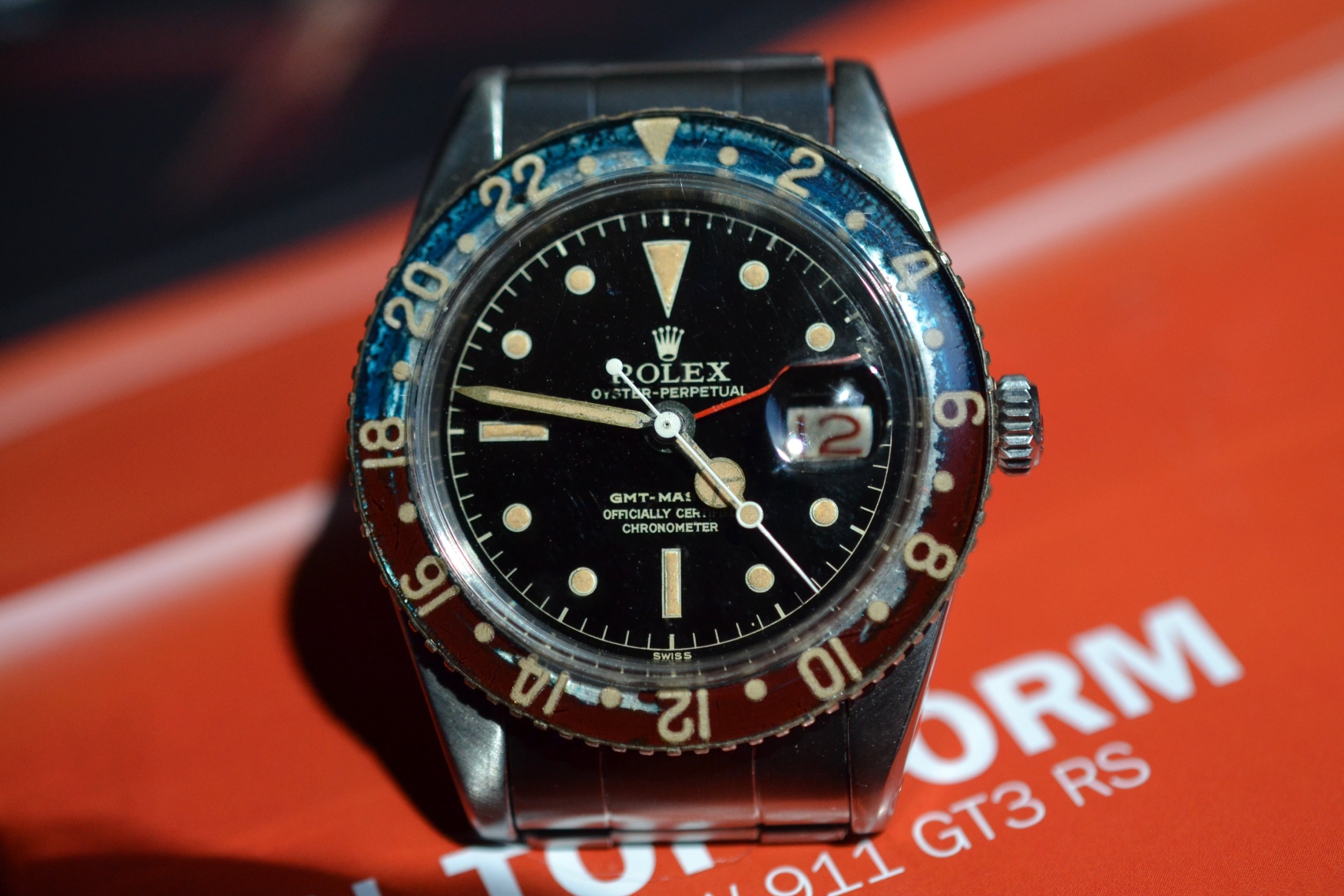
The GMT-Grasp owes its genesis to the now-defunct American airline Pan Am, who in 1954 commissioned the watch from Rolex for his or her pilots: since pilots at all times journey between plenty of time zones, they wished a watch which may present their time at home (or a reference time, much like UTC/GMT) and be merely set to a model new native time after they landed, with out disturbing the home time displayed. The GMT-Grasp stays among the influential and customary Rolexes ever, with its genuine bicolour “Pepsi” bezel colour scheme (the crimson and blue really chosen to reflect Pan Am firm colours) itself format-defining.
So what are the precept variations between world timers and GMT watches?


Usually speaking, world timers use rotating metropolis or 24-hour discs or rings to hint plenty of time zones, whereas GMT watches use a second hour hand. It’s moreover truthful to say that itemizing cities or areas considerably than using 24-hour scales or the like may also be a defining attribute of world timers. However, the place points can get difficult is when these two completely totally different codecs intermingle.
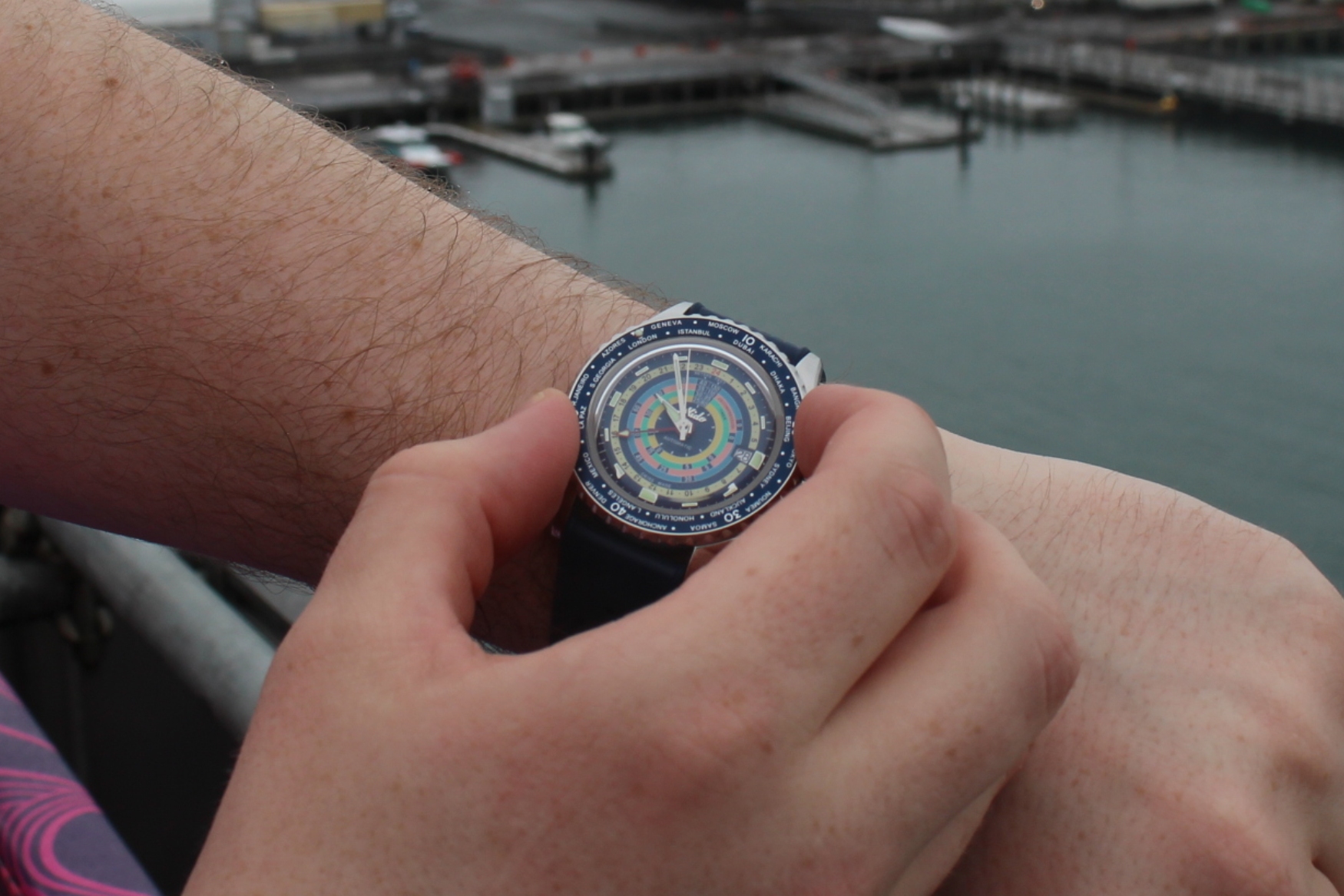

Take for instance the Mido Ocean Star Decompression Worldtimer. This watch features a second hour hand, a tough and quick 24-hour ring on its dial (along with multi-coloured decompression timing rings, nevertheless merely ignore these for a second) along with a bidirectional world time bezel. We’re more likely to affiliate rotating bezels as being a attribute of GMT watches, and its ETA C07.661 movement is a GMT movement – efficiently, it’s a GMT watch masquerading as a world timer, or if we’re being further generous, it’s a novel and fairly priced execution of a world timer.


Actually, it’s change into significantly frequent for fairly priced watchmakers to take dive watches and swap out their unidirectional diving bezels for bidirectional bezels with metropolis markings and promoting them as world timers. Is that this deceptive or unsuitable? In all probability not, although I consider many collectors would not ponder these sort of watches to be true world timers. It’s not a very technical clarification nevertheless usually the excellence between GMTs and world timers is good all the way down to aesthetics, or far more prosaicly, the vibe.
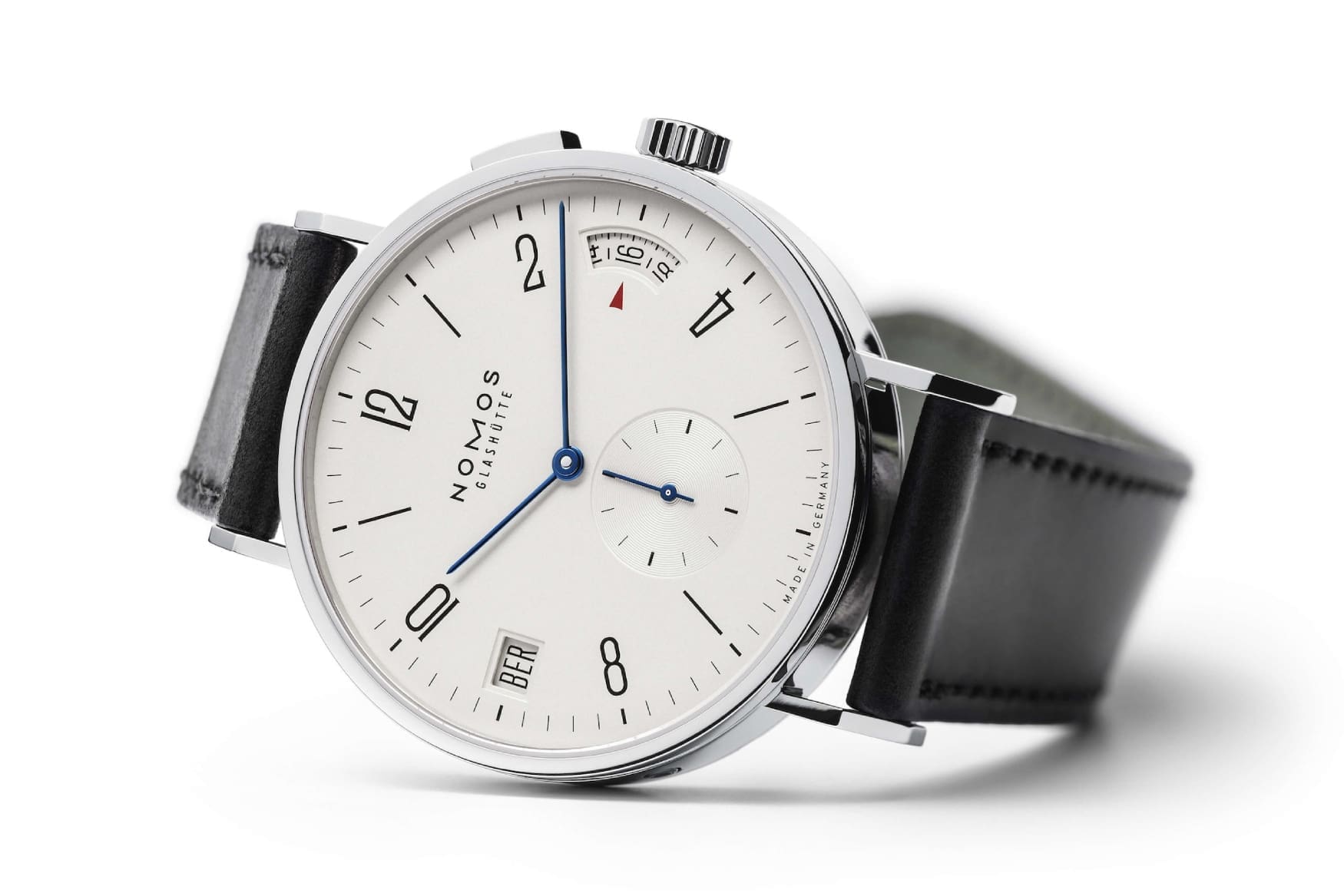

Points get far more difficult with watches similar to the Nomos Tangomat GMT. As soon as extra, it’s described as a GMT watch, but it surely doesn’t attribute a second hour hand. Instead, it features a window at 9 o’clock with 24 completely totally different airport codes to point completely totally different cities/time zones – a design various that feels further world-timer-y (as soon as extra, it’s the vibe!) – plus a 24-hour indicator at 3 o’clock which takes the place of a GMT hand, and resembles a date window. That’s all to say that in modern watchmaking, the distinctions between these two foremost sorts of journey watches are generally pretty blurred.
Can they be one and the equivalent?


Confusingly, they’re typically – although that’s a a lot much less frequent format. Some world timers attribute second hour palms like GMT watches along with rotating 24-hour rings or metropolis rings, allowing the wearer to hint as a lot as three time zones concurrently. Some examples of world timers that attribute this efficiency embody the Alpina Startimer Pilot Quartz World Timer and Raymond Weil Freelancer Worldtimer GMT.


You can presumably moreover describe plenty of the GMT watches-come-world timers talked about earlier on this text as belonging to every camps. For instance, the Mido Ocean Star Decompression Worldtimer talked about earlier on this text would nonetheless function as a GMT watch even for many who eliminated its city-denoting bezel, as would totally different watches that execute a ‘world timer’ complication on this vogue.


Rather more confusingly, there are some watches that describe themselves as being every world timers and GMTs after they’re truly just one or the alternative. For example, the Omega Seamaster Aqua Terra 150M Worldtimer GMT has every these descriptors in its determine, and whereas its Calibre 8938’s independently adjustable hour hand is definitely evocative of a GMT movement, the scarcity of a second hour hand means this watch is perhaps most interesting described as ‘merely’ a worldtimer.
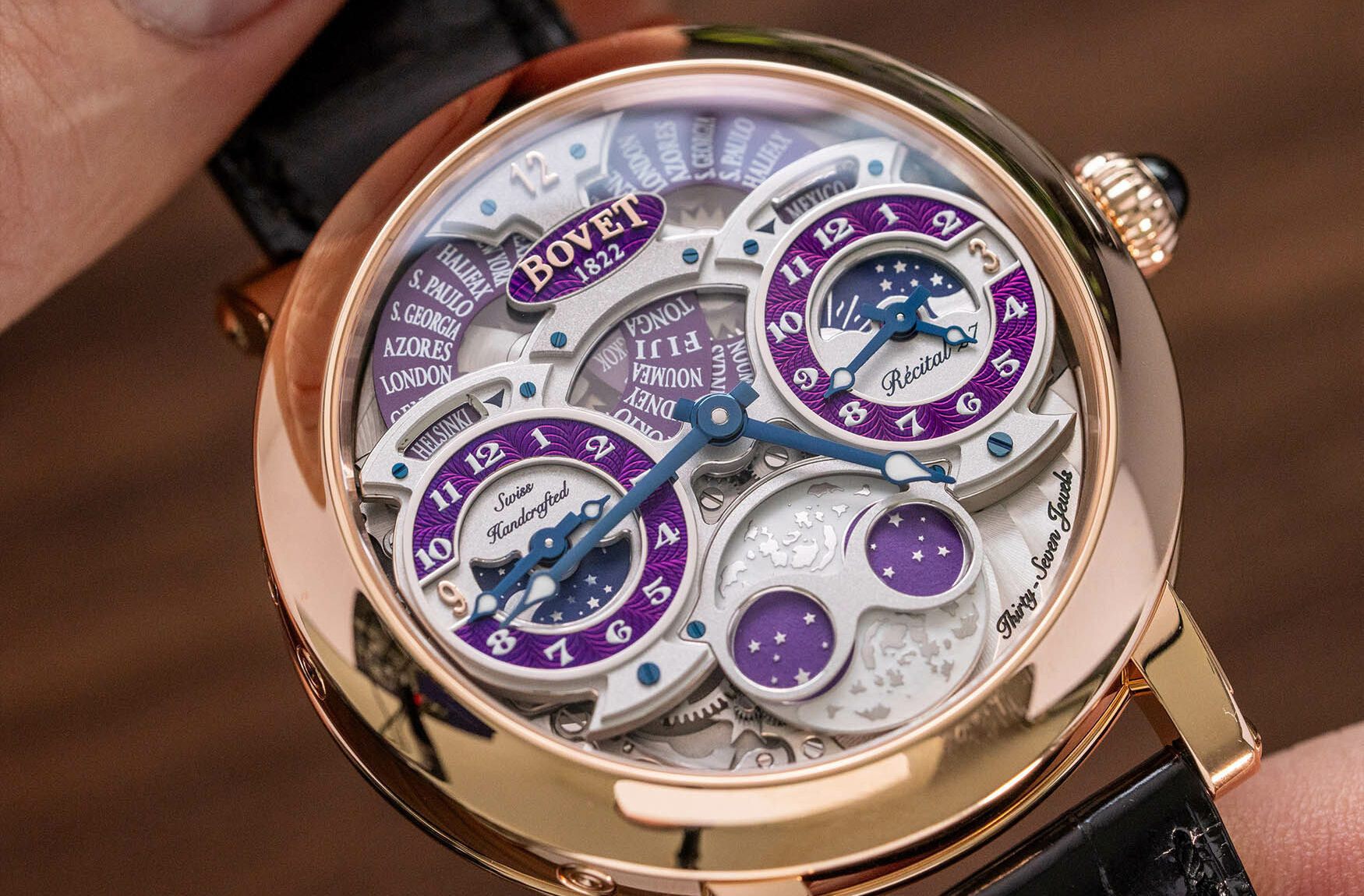

Totally different watches transcend these straightforward definitions. Take the Bovet Dimier Récital 27, which has two foremost central palms that inform a reference time like a GMT watch, two subdials with their very personal hour and minute palms like a standard twin time watch, and two metropolis rings that evoke world timers. In any case, that’s an extreme occasion, nevertheless you get my stage.
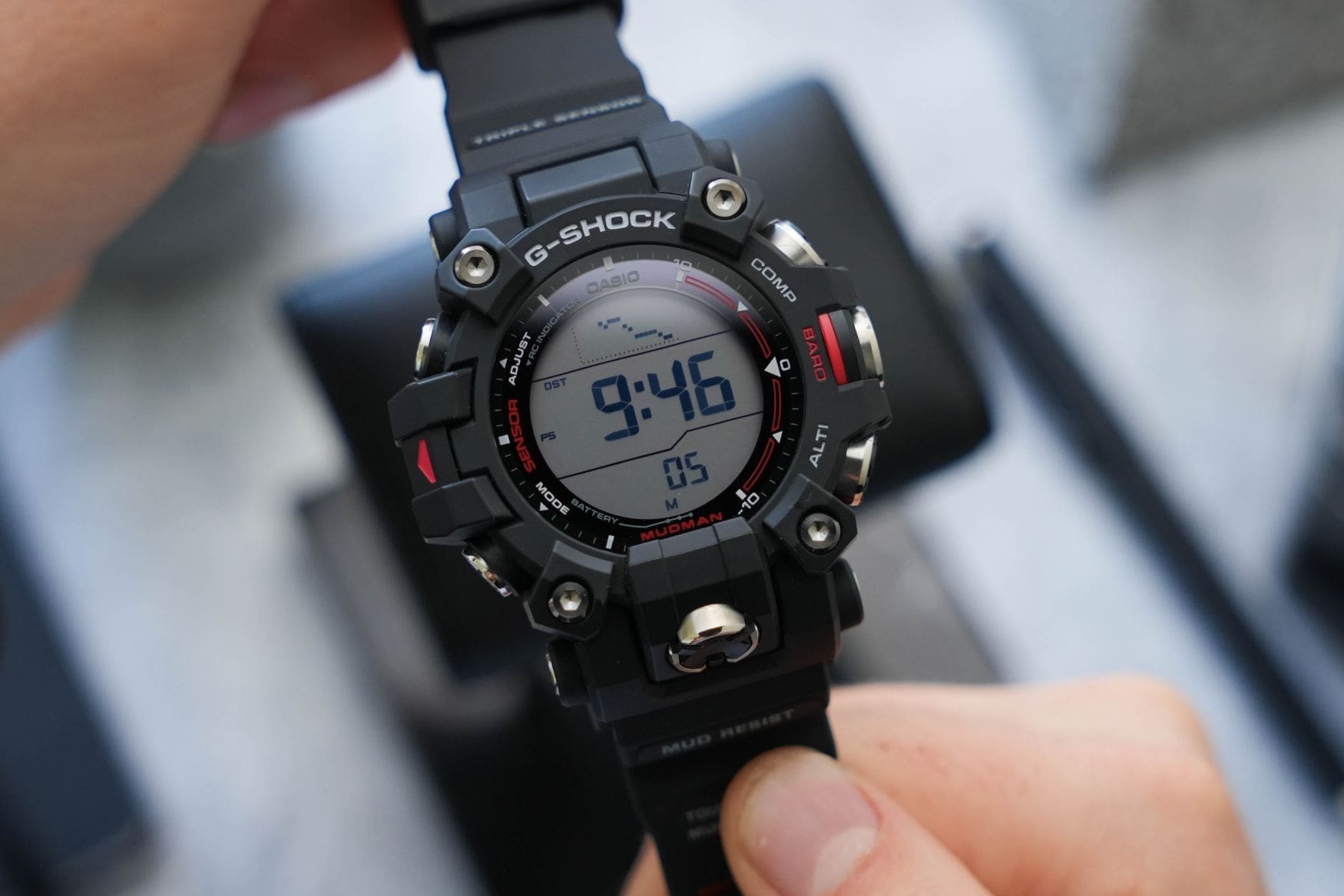

On a a lot much less highfalutin stage, many digital quartz watches are described as having world time capabilities, as they will monitor plenty of time zones and sometimes present an merely accessible UTC/GMT mode, nevertheless can digital watches truly be referred to as world timers? Does a world timer or GMT watch basically must be an analogue watch? Like many lessons or definitions in horology, points are refined. Pun not meant.
